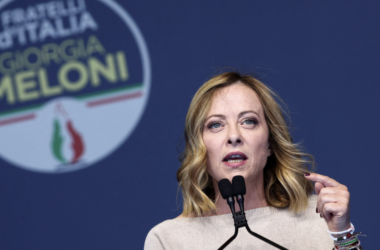Denmark is giving nuclear energy another look after keeping it off the table for 40 years. The government’s about to dive into a thorough, year-long review to explore both the risks and the potential of bringing nuclear power into its energy mix, Politiken reports.
Energy Minister Lars Aagaard, from the Moderaterne party, confirmed the study is officially in the works. It could mark a major turning point for Danish energy policy, which has flatly rejected nuclear since 1985. That year, a narrow vote led by a left-wing bloc, including the Social Democrats, blocked nuclear power from the country’s future energy roadmap. Not only was new construction banned, but nuclear tech was shut out of national planning altogether.
But times have changed—and so have political winds. The once anti-nuclear Social Democrats have started softening their stance. Just this May, Prime Minister Mette Frederiksen surprised many by telling parliament, “We should keep an open mind. Nuclear power in Europe is better than dependence on Russian gas.” This marks a stark pivot from her previously skeptical views.
Following her remarks, the Social Democrats committed to evaluating what nuclear technology might mean for Denmark—both the opportunities and the challenges.
Still, Energy Minister Aagaard urged caution. “The right in Denmark talks about nuclear as if it’s a plug-and-play solution,” he said, pointing to thorny issues like nuclear waste and sourcing fuel rods—problems that can’t be wished away.
Even so, pro-nuclear advocates were thrilled. Johan Christian Sollid, founder of the NGO Atomkraft – Ja Tak (“Nuclear Power – Yes Please!”), hailed the move as “historic.”
Currently, Denmark runs mostly on green energy, with over 88% of its electricity in 2024 coming from renewable sources like offshore wind and solar. However, the country also imports a sizable chunk of its electricity—about 20 terawatt-hours—mostly from Norwegian hydropower and Swedish nuclear. The downside? An overreliance on inconsistent renewables has made power supply wobbly, raising fears of brownouts.
On top of that, electricity doesn’t come cheap in Denmark. In 2024, households paid an average of €0.38 per kilowatt-hour—among the highest rates in the EU, just behind Ireland and Germany. A typical Danish household uses around 3,500 kWh a year, so those high prices hit hard.
Whether Denmark ends up flipping the nuclear switch remains to be seen. But one thing’s clear: the long-standing taboo around atomic energy is starting to crack.




